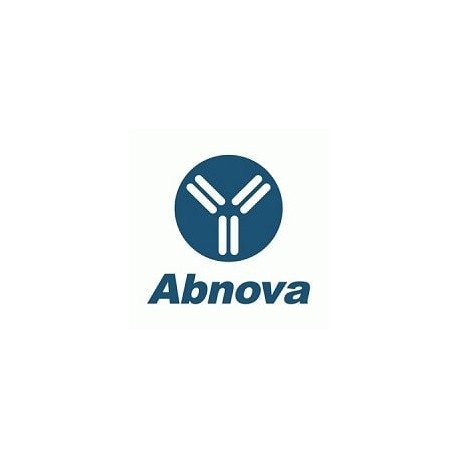Cart 0 Product Products (empty)
No products
To be determined Shipping
0,00 € Total
Prices are tax excluded
Product successfully added to your shopping cart
Quantity
Total
There are 0 items in your cart. There is 1 item in your cart.
Total products (tax excl.)
Total shipping (tax excl.) To be determined
Total (tax excl.)
Data sheet of ERBB2 (phospho Y1248) polyclonal antibody
| Brand | Abnova |
| Product type | Primary antibodies |
| Reactivity | Human |
| Host species | Rabbit |
| Applications | Dot-Pep,WB-Ce,IHC-P |
More info about ERBB2 (phospho Y1248) polyclonal antibody
| Brand: | Abnova |
| Reference: | PAB1958 |
| Product name: | ERBB2 (phospho Y1248) polyclonal antibody |
| Product description: | Rabbit polyclonal antibody raised against synthetic phosphopeptide of ERBB2. |
| Gene id: | 2064 |
| Gene name: | ERBB2 |
| Gene alias: | CD340|HER-2|HER-2/neu|HER2|NEU|NGL|TKR1 |
| Gene description: | v-erb-b2 erythroblastic leukemia viral oncogene homolog 2, neuro/glioblastoma derived oncogene homolog (avian) |
| Immunogen: | Synthetic phosphopeptide (conjugated with KLH) corresponding to residues surrounding Y1248 of human ERBB2. |
| Protein accession: | NP_004439;P04626 |
| Form: | Liquid |
| Recommend dilutions: | Western Blot (1:8000) Immunohistochemistry (1:50-1:100) The optimal working dilution should be determined by the end user. |
| Storage buffer: | In PBS (0.09% sodium azide) |
| Storage instruction: | Store at 4°C. For long term storage store at -20°C. Aliquot to avoid repeated freezing and thawing. |
| Quality control testing: | Antibody Reactive Against Synthetic Peptide. |
| Note: | This product contains sodium azide: a POISONOUS AND HAZARDOUS SUBSTANCE which should be handled by trained staff only. |
| Product type: | Primary antibodies |
| Host species: | Rabbit |
| Antigen species / target species: | Human |
| Reactivity: | Human |
| Application image: |  |
| Application image note: | Formalin-fixed and paraffin-embedded human breast cancer tissue reacted with ERBB2 (phospho Y1248) polyclonal antibody (Cat # PAB1958) which was peroxidase-conjugated to the secondary antibody followed by AEC staining. This data demonstrates the use of this antibody for immunohistochemistry; clinical relevance has not been evaluated. |
| Applications: | Dot-Pep,WB-Ce,IHC-P |
| Shipping condition: | Dry Ice |
| Publications: | Dietary (n-3) polyunsaturated fatty acids inhibit HER-2/neu-induced breast cancer in mice independently of the PPARgamma ligand rosiglitazone.Yee LD, Young DC, Rosol TJ, Vanbuskirk AM, Clinton SK. J Nutr. 2005 May;135(5):983-8. |


